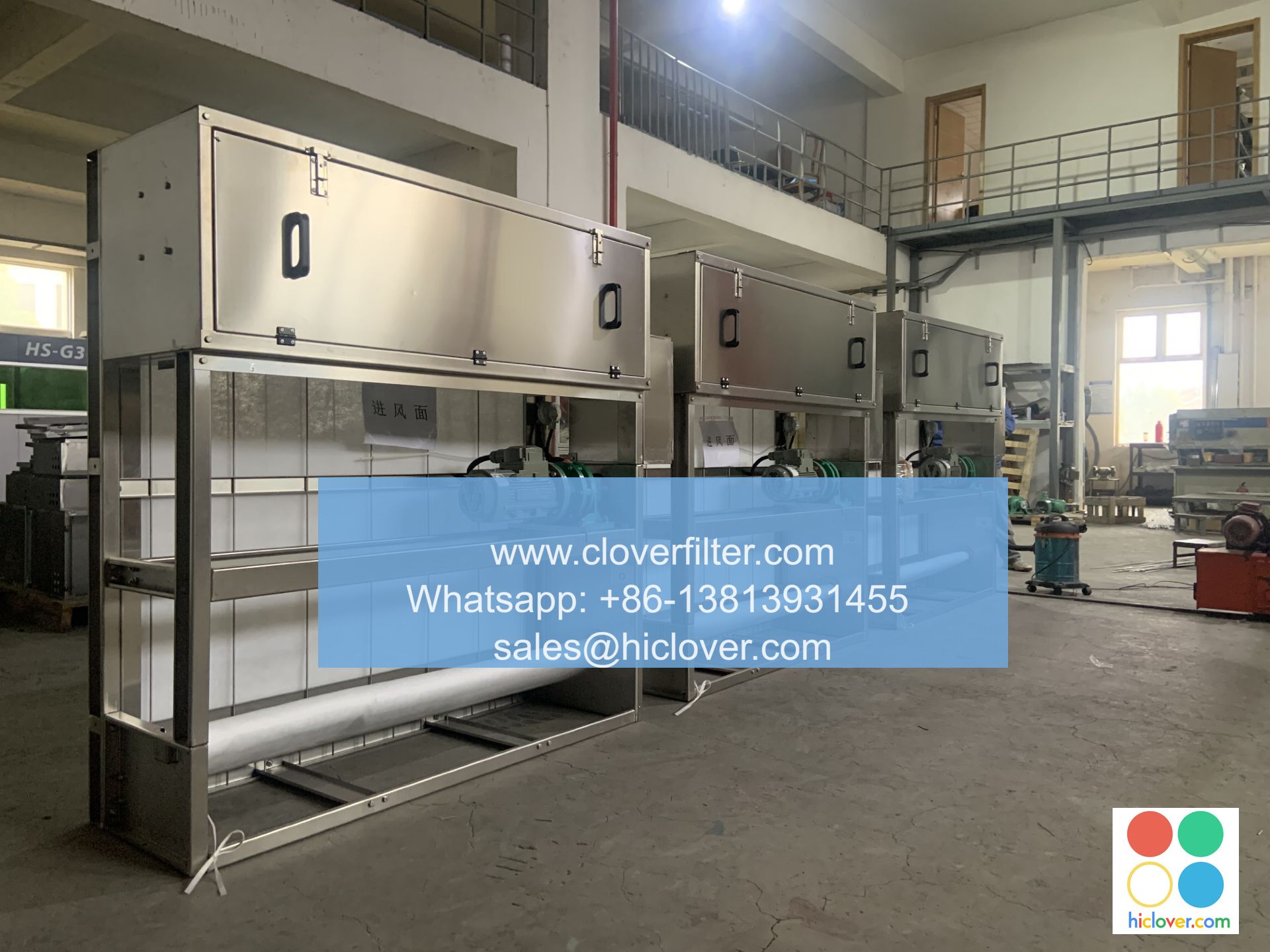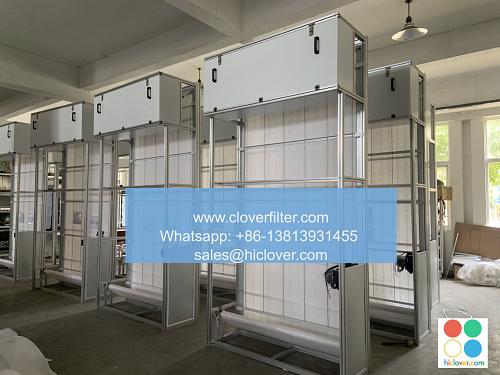The Hidden Dangers of Poor Indoor Air Quality

Poor indoor air quality (IAQ) is a significant concern that affects millions of people worldwide, causing a range of health problems and discomfort. Indoor air pollution can be caused by various factors, including inadequate ventilation, mold growth, and the presence of volatile organic compounds (VOCs) from building materials, furniture, and household products.
Causes and Effects of Poor IAQ
The causes of poor IAQ are numerous and can be attributed to several factors, including:
- Inadequate ventilation, which can lead to a buildup of stale air and moisture, creating an ideal environment for mold growth and the proliferation of airborne pathogens.
- Mold and mildew, which can thrive in damp environments, releasing spores and mycotoxins that can cause allergic reactions, respiratory problems, and other health issues.
- VOCs, which are emitted by various sources, including building materials, furniture, and household products, and can cause eye irritation, headaches, and other health problems.
- Outdoor air pollution, which can infiltrate buildings through infiltration and ventilation systems, bringing with it particulate matter, nitrogen dioxide, and other pollutants.
- Respiratory problems, such as asthma, chronic obstructive pulmonary disease (COPD), and other breathing difficulties.
- Allergic reactions, including sneezing, congestion, and itchy eyes.
- Cardiovascular disease, which can be exacerbated by exposure to air pollution and other indoor air pollutants.
- Cancer, with some indoor air pollutants, such as radon and formaldehyde, being classified as carcinogens.
- Commercial buildings, such as offices, schools, and hospitals, where indoor air quality monitoring and air purification systems can help maintain a healthy indoor environment.
- Residential buildings, where home air purifiers and ventilation systems can help remove pollutants and improve IAQ.
- Industrial settings, where industrial air purification systems and personal protective equipment can help protect workers from hazardous indoor air pollutants.
- Transportation systems, such as buses, trains, and airplanes, where air filtration systems and ventilation systems can help maintain a healthy indoor environment.
- Air purification systems, which can remove pollutants and particulate matter from the air.
- Ventilation systems, which can help remove stale air and bring in fresh air from outside.
- Indoor air quality monitoring, which can help identify areas where IAQ improvement is needed.
- Source control, which involves removing or reducing the sources of indoor air pollution, such as VOCs and mold.
Health Risks Associated with Poor IAQ
The health risks associated with poor IAQ are significant and can include:
Application Areas for Indoor Air Quality Improvement
There are several application areas where IAQ improvement can have a significant impact, including:
Solutions for Improving Indoor Air Quality
There are several solutions that can help improve IAQ, including:
Conclusion
Poor indoor air quality is a significant concern that affects millions of people worldwide, causing a range of health problems and discomfort. By understanding the causes and effects of poor IAQ and implementing solutions such as air purification systems, ventilation systems, and indoor air quality monitoring, we can improve the health and well-being of individuals and create a healthier and more sustainable indoor environment. Indoor air quality improvement is a critical aspect of maintaining a healthy and comfortable indoor space, and it is essential that we prioritize it in various application areas, including commercial buildings, residential buildings, industrial settings, and transportation systems. It seems like you didn’t include a question or topic for me to address. Could you please provide more details or clarify what you would like to discuss?


